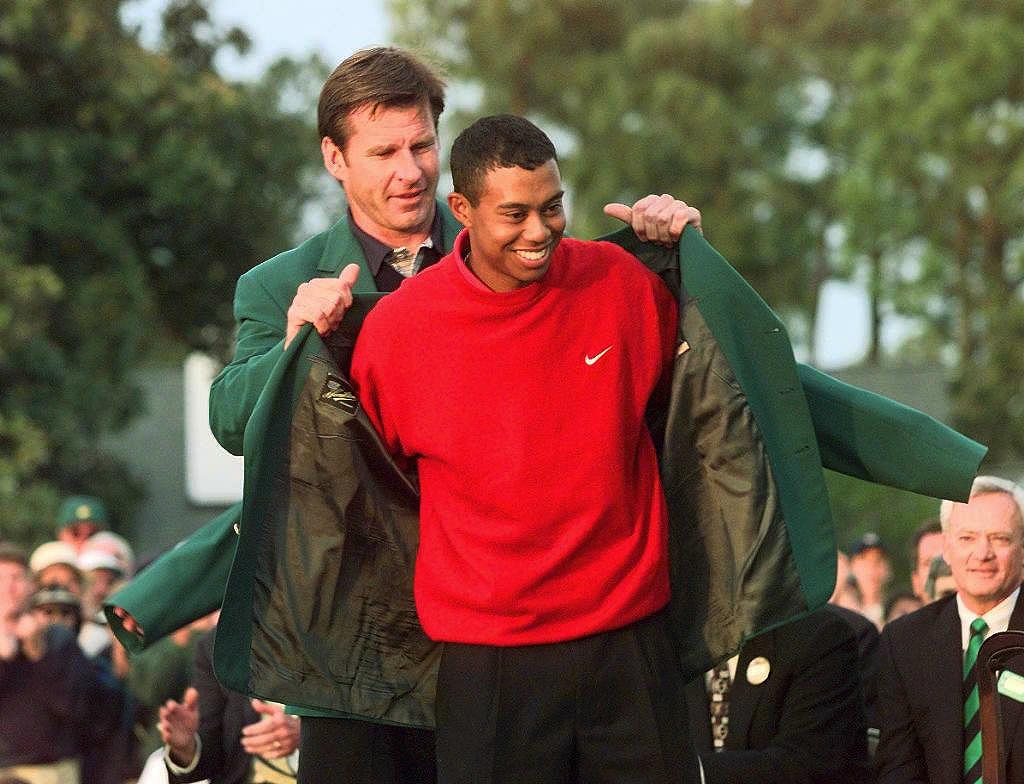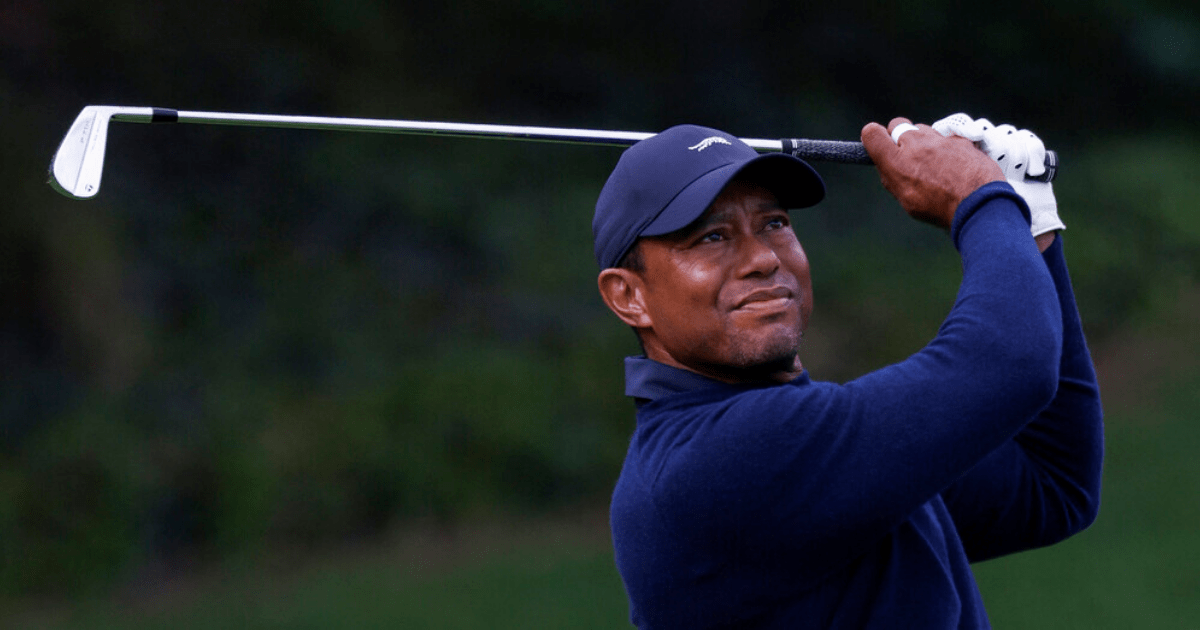Tiger Woods Returns to Competitive Golf
Tiger Woods is set to make his comeback at the Masters next month after his last competitive appearance in February at the Genesis Invitational. The 15-time major winner withdrew from the event due to illness after just six holes in the second round.
Five-Time Champion at Augusta
Woods, a five-time champion at Augusta, will be stepping up his recovery from ankle surgery last year as he gears up to play at the Masters from April 8 to 14. The 48-year-old legend last won the green jacket in 2019, 22 years after his first victory in Georgia.
Challenging Comeback for Woods
Despite facing setbacks, including a car crash that nearly cost him his leg, Woods remains determined to compete. He has vowed to play in one tournament a month this year and has stated he will only compete if he believes he has a genuine chance of winning.
Tough Competition Awaits
As Woods prepares for his comeback, he will be up against tough competition, with Scottie Scheffler emerging as the favorite to win. Other contenders like Rory McIlroy and John Rahm are also expected to put up a strong challenge at the Masters.

Stay Tuned for Updates
This is a developing story, so stay tuned to SE for the latest updates on Tiger Woods' comeback at the Masters. For more sports news, real-life stories, and captivating photos and videos, follow SE on Facebook and Twitter.
Frequently Asked Questions
Cross-training for professional golfers: Is it beneficial?
It is true that cross-training can be beneficial to professional golfers. It improves their overall athleticism and prevents imbalances which could cause injury. Cycling, swimming and yoga are all beneficial for golfers because they improve cardiovascular fitness, flexibility and core stability. However, cross-training activities are chosen carefully to complement their primary golf training and not interfere with their swing or game performance.
Is there a specific muscle group that professional golfers target more intensively when training?
The pro golfers focus on the muscles that directly affect their golf swing, and stability. Core strength is key to controlling your swing and maintaining your balance. Abs, obliques, and lower-back exercises are important. Golfers also need strong gluteal and leg muscles for a solid foundation, as well as flexibility and strength in the shoulders and arms to guide and power the club through its range of motion. Golf-specific fitness programs are designed to focus on these key areas without neglecting overall physical health.
What role does technology have in the training of a professional golfer?
Modern professional golfers’ training arsenals are replete in technology. High-speed cameras can provide slow-motion analyses of the swing while launch monitors offer detailed feedback such as ball speed and launch angle. Golfers and their coaches use this data to make informed adjustments to swing mechanics and equipment choices. Wearable fitness devices track physiological data to tailor fitness programs and monitor recovery. Virtual reality and simulators can provide immersive practice environments when the weather is not ideal.
What is a typical schedule of training for a professional player?
Professional golfers adhere to rigorous training schedules that are meticulously crafted to address all facets of their game. A standard training day may consist of several hours on the driving range perfecting their swing with various clubs, dedicated sessions on the chipping and putting greens, and physical fitness exercises tailored for golf. Mental conditioning often makes up a part of their routine as well, ensuring they remain sharp and focused under pressure. Golfers often analyze their performance and work with a golf coach to perfect their technique. Notably, rest and recovery are also prioritized to maintain peak performance levels.
How often are pro golfers changing their equipment?
Pro golfers frequently reassess and sometimes change their equipment to ensure it is optimally suited to their game, often in response to changes in their body, swing, or the demands of different courses. Wedges and putters may need to be replaced or modified in order to keep the grooves sharp and maintain a precise feel. Golf balls can also be chosen for their performance or condition. It is important to test new equipment thoroughly before making a change.
Statistics
- Pro golfers over the age of 35 tend to dedicate at least 20% more time to flexibility training than their younger counterparts.
- Nearly 80% of professional golfers engage in regular physical fitness programs designed specifically for golf.
- Studies show that consuming a balanced diet is a priority for 95% of professional golfers as part of their training protocol.
- It is estimated that back pain affects up to 34% of pro golfers, making it one of the most common injuries in golf.
- Up to 90% of professional golfers incorporate some form of cross-training into their fitness regimen.
- According to a fitness survey, 55% of professional golfers prioritize yoga and pilates for improving flexibility and core strength.
- Statistical data indicates that around 50% of pro golfers have experienced a golf-related injury due to overtraining.
- A survey suggests that 75% of pro golfers use a sports psychologist to aid with mental training and performance.
External Links
pga.com
golfchannel.com
- Golf Channel Instruction
golfsimulatorguys.com
golfdigest.com
trackingfootball.com
golftips.golfweek.usatoday.com
tpi.com
titleist.com
How To
How to Improve Your Golf Swing Mechanics?
Improve your golf swing by combining practice, analysis and refinement. Golf pros should work closely together with a coach to identify technical anomalies and correct them. Video analysis tools can be used to visually analyze their swing and identify specific areas that need improvement. Practice on the range or in game helps to embed proper mechanics. Additional, targeted physical training can support the desired change in swing.

